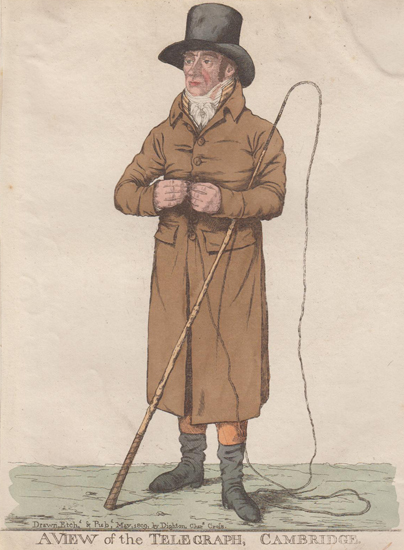After we shared some tidbits about Regency coachmen, we received some great questions of readers wanting more! One question about aprons we split into a full post here.
Here are some questions:
How many horses were usually hitched?
The answer depends entirely on the type of carriage. Our post on different conveyances tells you a bit about the typical number of horses for different carriage types and which would be more likely to be driven by a coachmen. Most professional coachmen drove a coach, or a four wheeled carriage enclosed with windows. It could be driven by a team of two or more horses, and would depend on the size and weight of the coach. Louise Allen (2014) tells us by the mid 18th century, most paid passengers would expect to their coach hitched to four horses.
Here are some reminisces about the impact of the railway on horses:
Coaching, past and present, 1885
How long would a coachman journey for? How often would they be changed?
This depended on whether he was a driver in private service or part of a company that ran mail coaches.
Most accounts I found had a coachman driving all day, between 6 to 12 hours, with some rests included for changing horses or eating (Coaching, past and present, 1885; Coaching Days and Coaching Ways, 1888; A Manual of Coaching, 1899; Coaching: With Anecdotes of the Road, 1876). An Old Coachman’s Chatter with Some Practical Remarks on Driving (1890) states an average day of work was nine or ten hours.
Based on the guidebooks and other information I was able to glean, public or company coachmen drove mainly certain portions of a road (kind of like a commercial airplane pilot might ferry folks between Chicago and Los Angeles). If you check out our coaching database, you will see many of the mail coaches ran every other day, with return trips sometimes opposite. There might be two drivers doing the back and forth or one depending on the length of the shift.
Private coachmen seemed subject to the whims of their employer, but generally most private coaches would not travel at night due to the dangers. And frankly, it would be exhausting to sleep in a coach as a passenger.
How long did a coachman have their career? What was their social position?
This varied by the individual, but of the accounts I read many continued into their twilight years. An Old Coachman’s Chatter with Some Practical Remarks on Driving (1890) tells us many sons followed their fathers into the career of coaching, but that being such a “lucrative post, a considerable number of men were gradually attracted to it from superior positions in life” (p. 173).
A coachmen, especially a skilled one, could make really great money. This was a trade off for the general place in Society as a servant or worker. Public company coachmen were similar, in that way, to modern lorry or truck drivers. In private service, they were staff and in public they were more similar to tradesmen. Most books about coaching from the 19th century stress the skill, temperament, and toughness required for a coachmen, so I think they were much admired (at least many of them).

What did coachmen wear?
A public or company coachman would typically wear the following: two moderately thick coats (to better keep dry/warm) rather than one thick coat; an upper neck cloth to keep out the rain and cold; coachman’s cuffs for keeping chills from going up the sleeves; gloves; a hat; an apron and of course shirt, trousers, socks and boots.
The coachman’s cuff was:
An Old Coachman’s Chatter with Some Practical Remarks on Driving (1890)
A private coachman would typically wear livery. Here is a recommendation for the coachman’s livery from the 1827 Traveller’s Oracle:
A new livery was either given annually or every other year. This resource has some additional information about the cost of horses, coachman wages, carriage, stables, etc.
What was the ideal driving position?
An Old Coachman’s Chatter with Some Practical Remarks on Driving (1890)
If you are looking for more on Stagecoach Travel, you might be interested in Louise Allen’s primer.
Do you find our research helpful? Share it, buy us a coffee, or use our affiliate links with Amazon to make everyday purchases.









